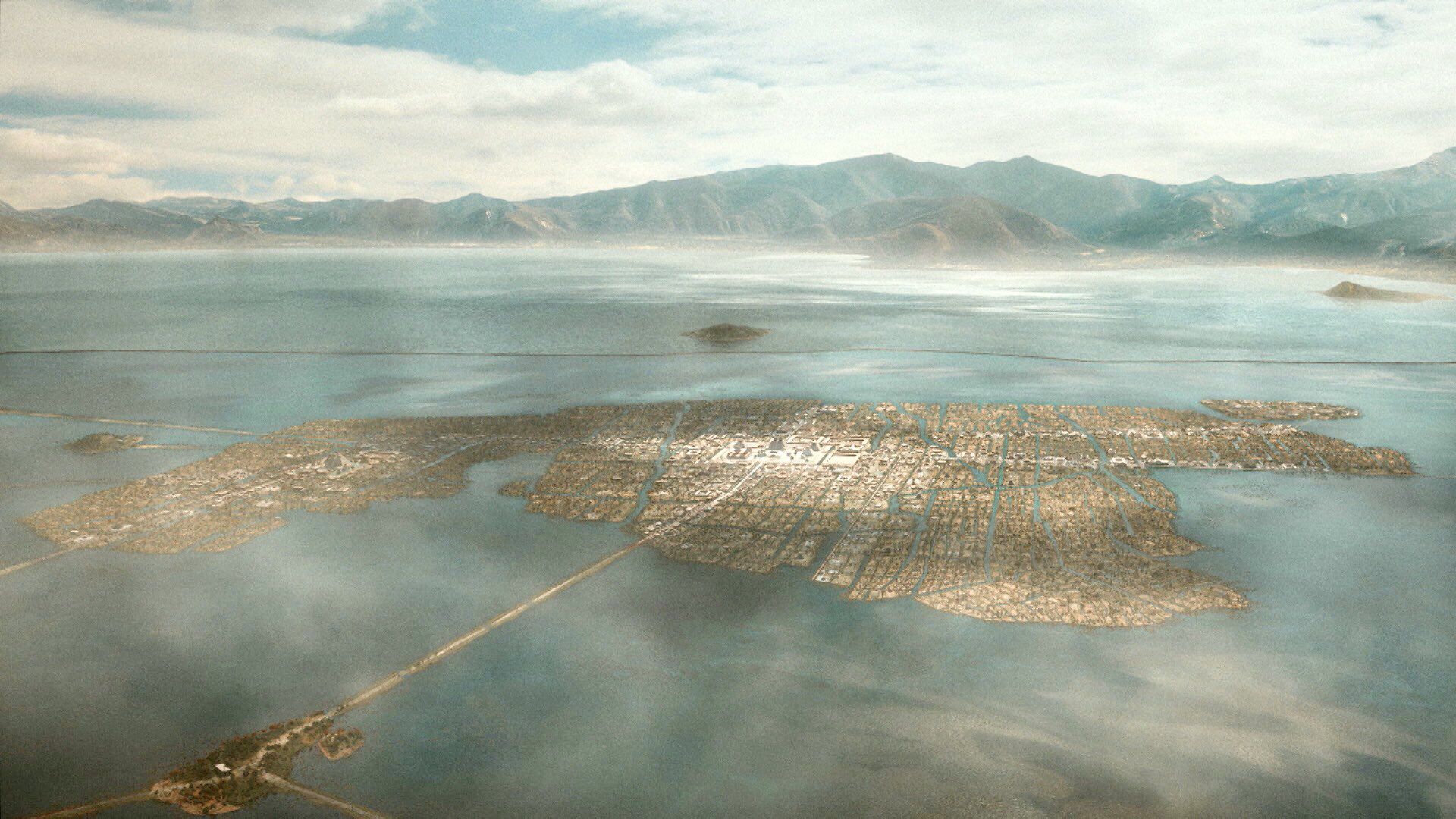
The Conquest of Mexico was one of the most tragic historical moments for the country, because after achieving it, the Spanish invaders, led by Hernán Cortés, had under its domination over the territory for 300 years.
Many characters from the Mesoamerican cultures that developed in the country, especially Mexicans, played very prominent roles in the war against the Spaniards. Moctezuma, for example, was the Mexican emperor who was in charge of Tenochtitlan and all the territories that the culture he represented had under his domination.
Moctezuma and Cortés met at the crossroads of what are today the streets of República del Salvador and Pino Suárez, a few blocks from the capital's Zócalo in Mexico City, on November 8, 1519. After the meeting, Cortés, his men, and his indigenous allies, who were peoples that were subject to the Mexican yoke, fought several battles.
Moctezuma died at the end of June 1520, and although it is said that he died from the blow of a stone in the head, which was thrown by the same people who ruled, there are other versions that, they say, died at the hands of the Spaniards.

After the death of this tlatoani, the new emperor of the Mexicas was Cuitláhuac, who was the brother of the previous emperor. The government of Cuitláhuac lasted only a few months, however, he stressed that he was in command of the Mexica people when the Spaniards fled Tenochtitlan, after being besieged in the Axayácatl Palace, where they settled. This episode was known as La Noche Triste, and it is said, after the defeat, Cortés cried under a tree that is currently on the Mexico-Tacuba road.
After this defeat, the Spaniards and their indigenous allies fled to Tlaxcala, where they prepared to fight back against the Mexica people. Cuitláhuac died of smallpox, a disease brought by the Spaniards.
Faced with this, Cuauhtémoc came to power, who was the last Mexican tlatoani, who did not last long in power either, since he was captured by the Spaniards when he tried to flee in a canoe, from the city of Tlatelolco. With this event, which occurred on August 13, 1521, the Conquest of Mexico was completed.
When Cuauhtémoc was captured, he was taken with Cortés, and while standing in front of him, he said the phrase: “Lord, I have already done what I am obliged to defend my city and my vassals and I can no longer, and because I come by force and imprisoned before your person and power, take that dagger that you have in your belt and kill me later with it”.

After this, Cortes replied to Cuauhtémoc that he greatly appreciated everything he had done, and that his actions claimed to be more good than bad, and that what happened was past.
With these words, the last Mexican emperor meant that he wanted to be sacrificed, the Mexican historian Eduardo Matos Moctezuma has clarified on several occasions. This is because, according to the world view of the Mexicas, any warrior should preferably die in a ritual sacrifice, hence, during the war with the Spaniards, the Mexicas did not prioritize instant death, but rather the capture of their rivals.
“What Cuauhtémoc surely meant was that they sacrificed him, not that they simply killed him. He wanted to be sacrificed, offered to the gods, as befitting a warrior captured in combat, so that he could complete his cycle as a warrior and accompany the sun, that is, his god Huitzilopochtli, from the ortho until noon.
“However, neither Aguilar nor Cortés understood these concepts, who — thinking he wanted to be killed — left him alive. A terrible fate for the Tlatoani, because it prevents them, as a warrior, from completing their cycle,” Matos Moctezuma said in a keynote lecture, called “Hernán Cortes: 1519 — 2019″, at the National Museum of the Viceroyalty, in the State of Mexico.
KEEP READING:
Últimas Noticias
Debanhi Escobar: they secured the motel where she was found lifeless in a cistern
Members of the Specialized Prosecutor's Office in Nuevo León secured the Nueva Castilla Motel as part of the investigations into the case

The oldest person in the world died at the age of 119
Kane Tanaka lived in Japan. She was born six months earlier than George Orwell, the same year that the Wright brothers first flew, and Marie Curie became the first woman to win a Nobel Prize

Macabre find in CDMX: they left a body bagged and tied in a taxi
The body was left in the back seats of the car. It was covered with black bags and tied with industrial tape
The eagles of America will face Manchester City in a duel of legends. Here are the details
The top Mexican football champion will play a match with Pep Guardiola's squad in the Lone Star Cup

Why is it good to bring dogs out to know the world when they are puppies
A so-called protection against the spread of diseases threatens the integral development of dogs




